The history of the
ESSMANN scale manufacturer
The Hanseatic company ESSMANN has been shaping the history of professional weighing technology since 1860. With innovative solutions, it has driven forward the development of weighing technology. Here is the history of the company.
Chronicle of the ESSMANN Group
1860-1878: Founded by Christian Moritz Westphal
On 10 December 1860, master locksmith Christian Moritz Westphal founded a workshop in Wandsbeck near Hamburg, which soon specialized in the construction of scales. In 1873, the company was entered in the commercial register, and in 1877 a patent was granted for weighing scales – Westphal died in 1878.
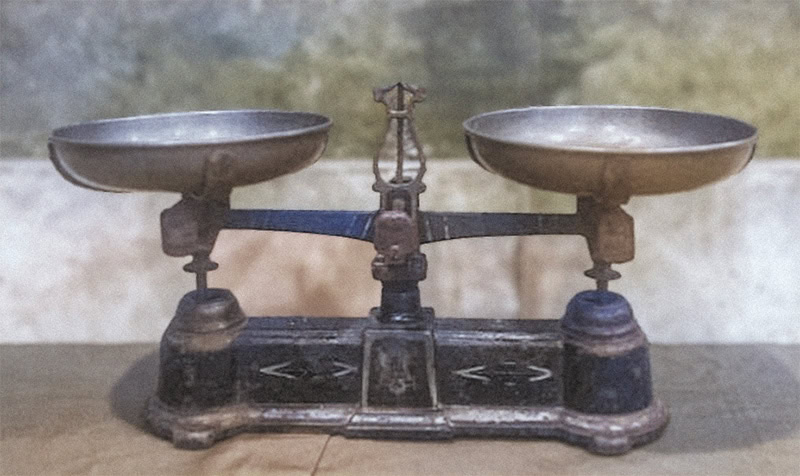
1878-1919: The Eßmann name is created
Nephews Albert and Ludwig Eßmann took over the company, moved it to Ottensen and founded the scales factory Gebr. Eßmann & Co. The company developed innovative products, including the patented Eßmann rope-pulley scales in 1907.
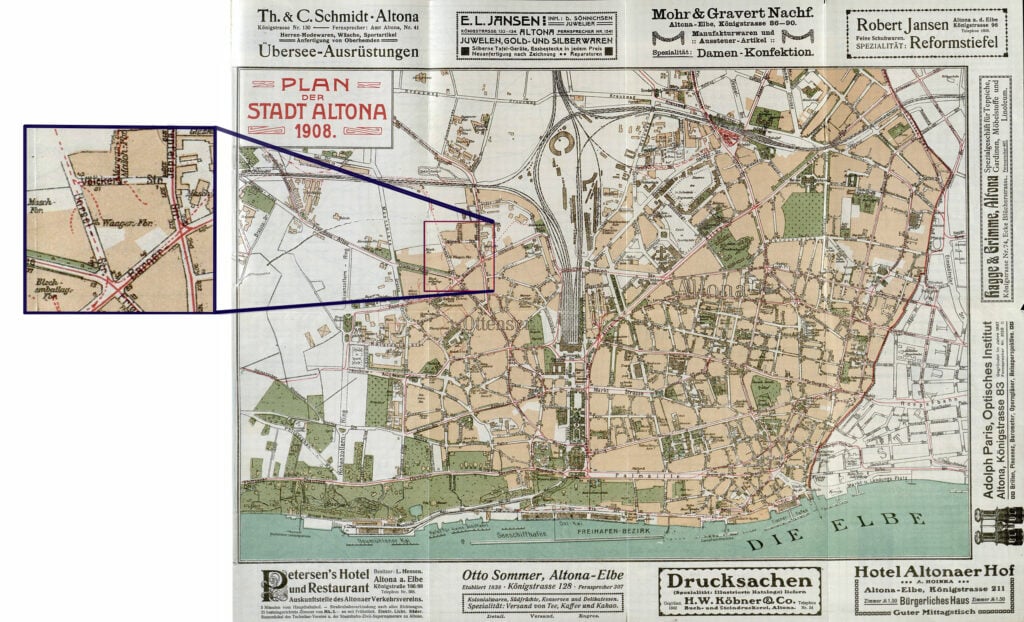
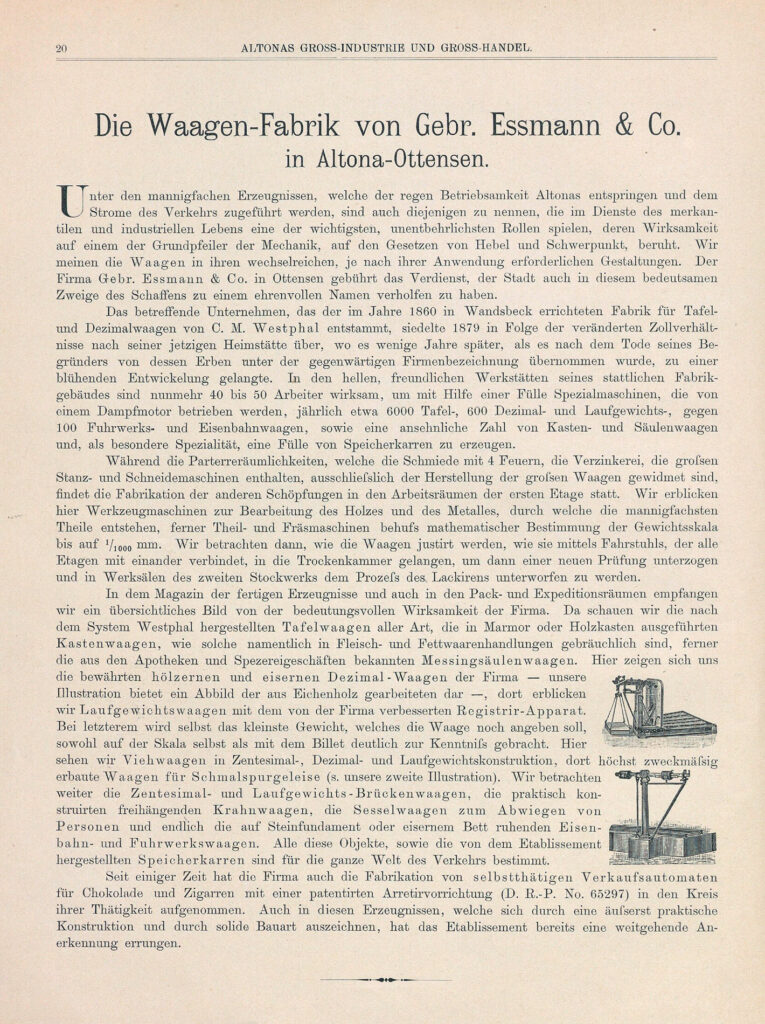
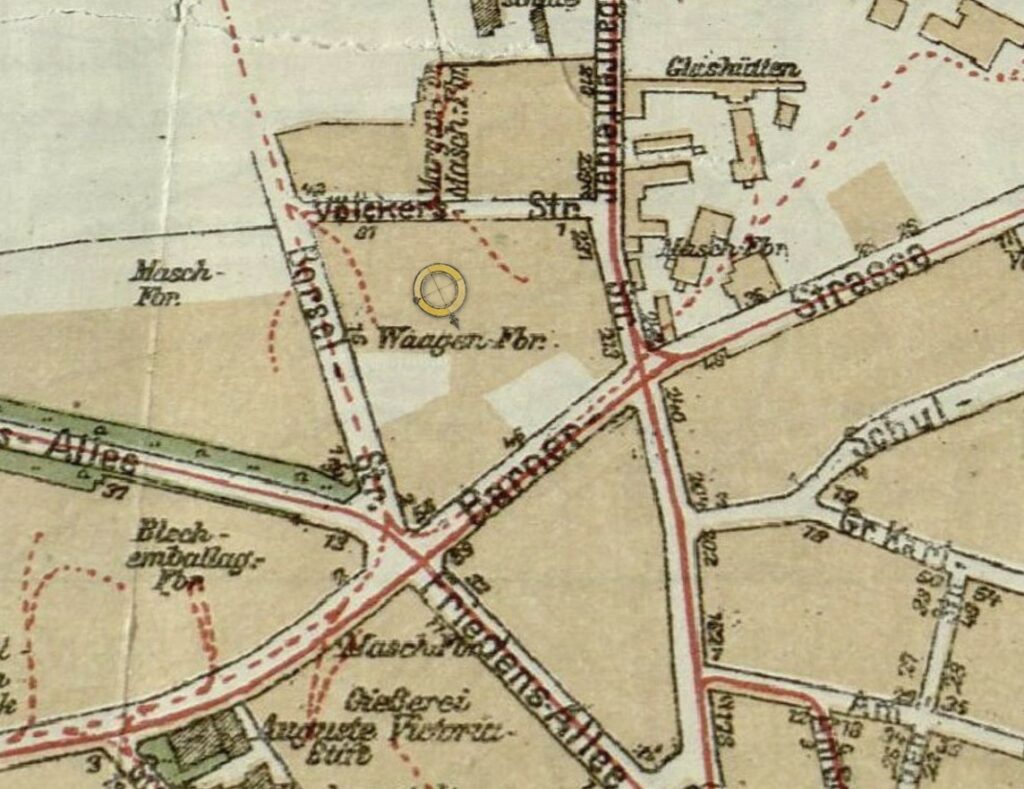
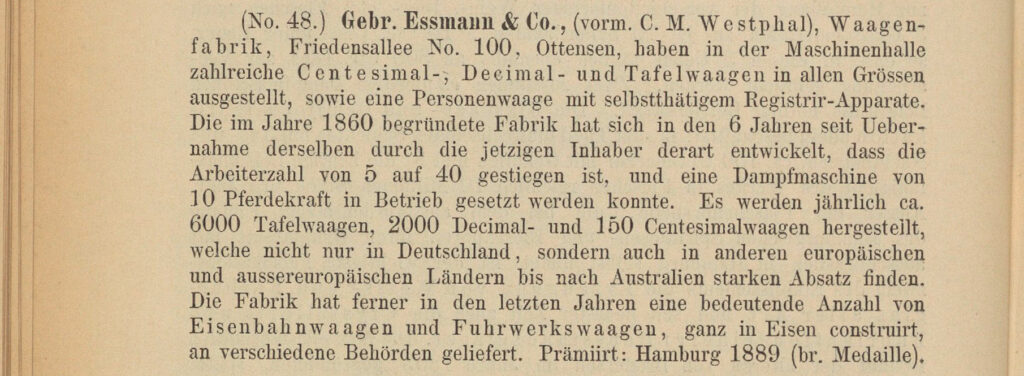
1919-1936: Family business in the second generation
Albert Eßmann Sr. traded as Albert Eßmann & Co. in 1919.
Heinrich Eßmann, his son, developed new technologies such as the illuminated scale and unloaded large scales – the latter were approved by the Physikalisch-Technische Reichsanstalt in 1935. Over 60 patents have now been registered.
1936–1987: Technische Modernisierung
Nach Heinrichs frühem Tod führte zunächst seine Witwe Erika mit ihrer Teilhaberin Rosalia Stolla das Unternehmen fort. 1959 übernahm ihr Sohn Horst Eßmann die Geschäftsführung. Ab 1975 erfolgte die Umstellung auf elektromechanische Waagen und Fertigteil-Betonbrücken. 1987 trat mit Michael Eßmann die nächste Generation in die Firma ein.
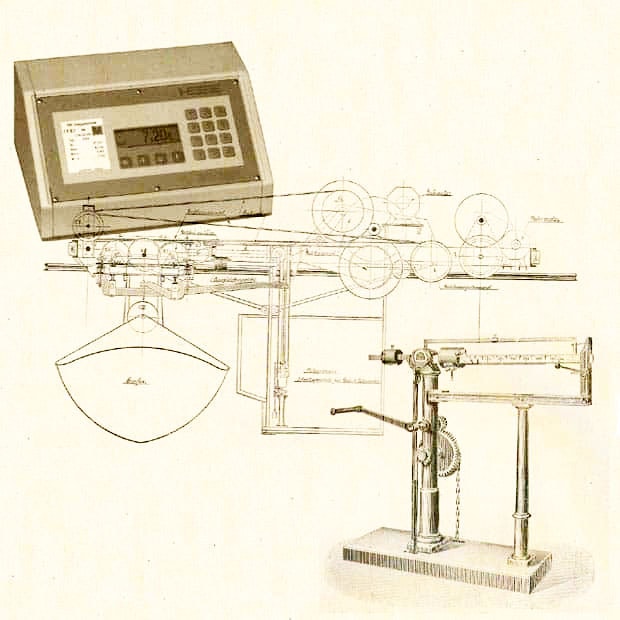
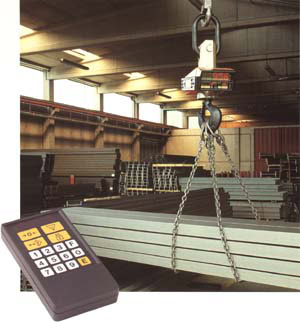
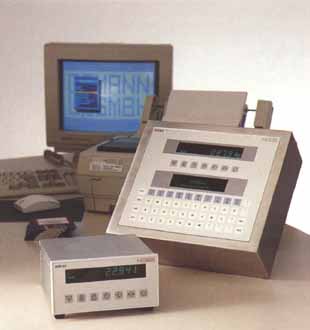
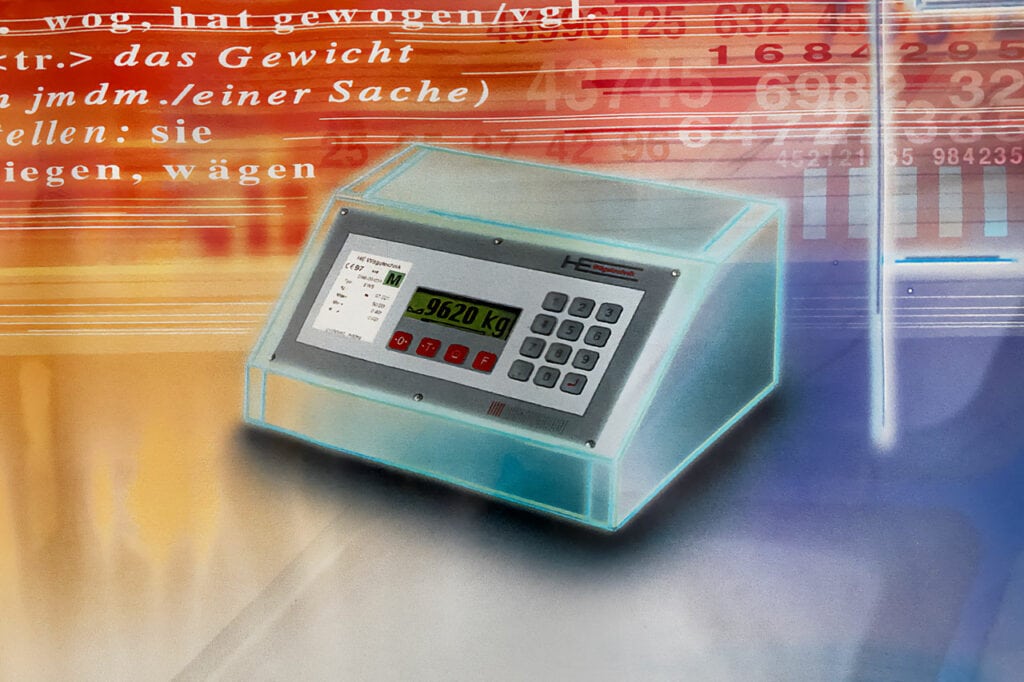
1989-2021: Digitalization & new standards
With PC-controlled weighing systems and the EWP software ESSMANN set new standards. Further milestones were dynamic rail scales and the expansion to Berlin, Stuttgart and Rostock. In 1998, Michael Eßmann and Manuela Eßmann took over the management of the company.
2021-2022: Management change and strategic merger
In 2021, Michael and Manuela Eßmann handed over the management of the company to a new management team: ➚Dr.-Ing. Fabian Ehmke, Dr.-Ing. Gregor Graßl and René Teichmann. One year later, the ➚merger with WHI Wägetechnik für Handel und Industrie GmbH & Co.which expanded the product range to include precision scales. The ESSMANN Group is born. Since 2022, we have been presenting ourselves in a contemporary, clear ➚design.
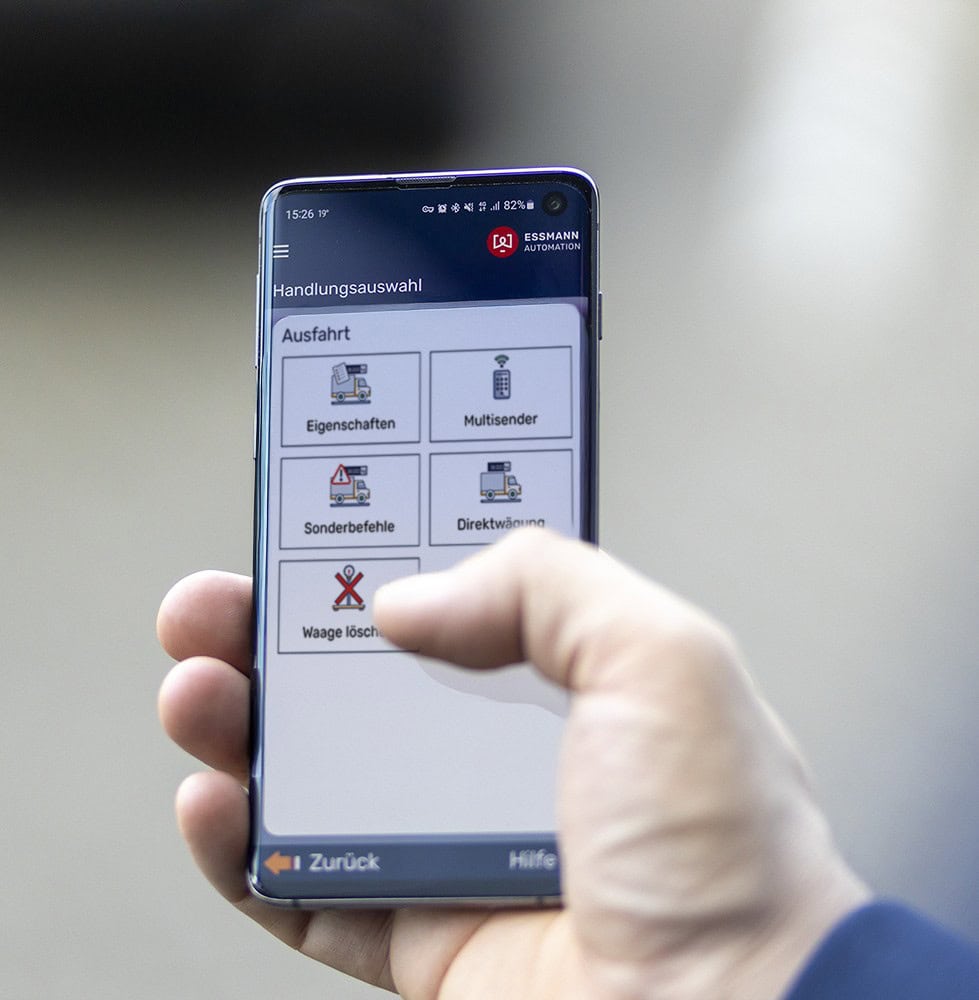
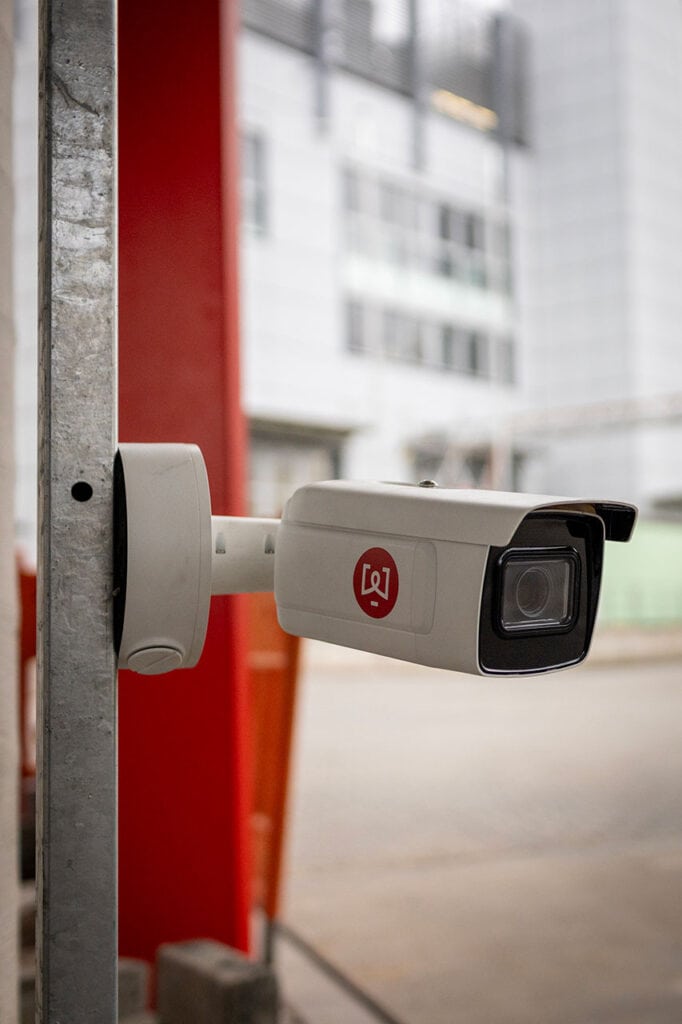
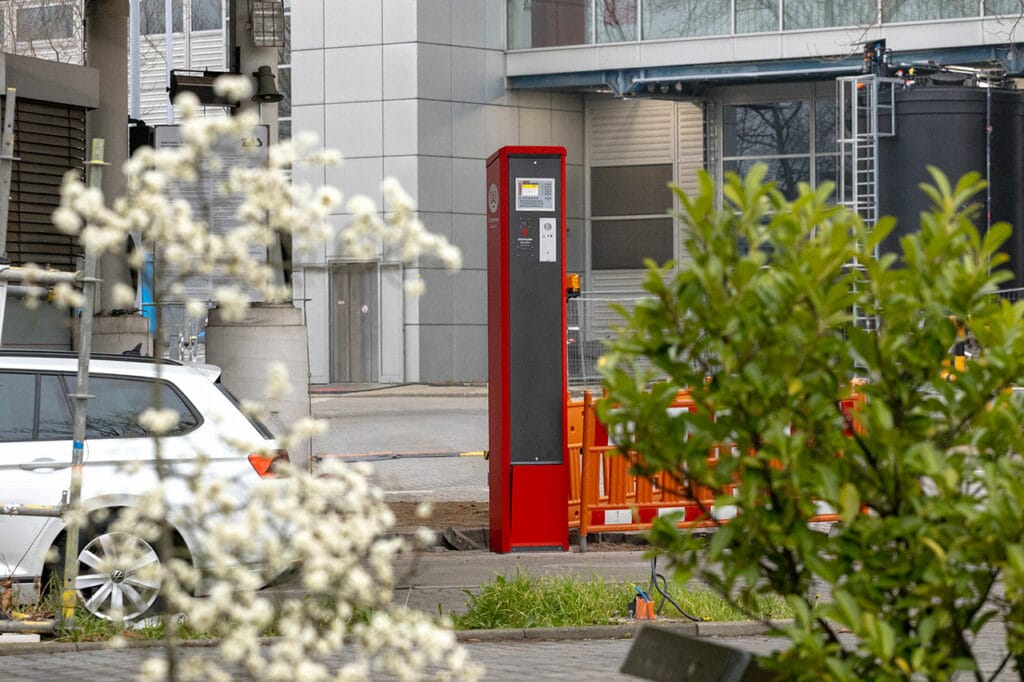
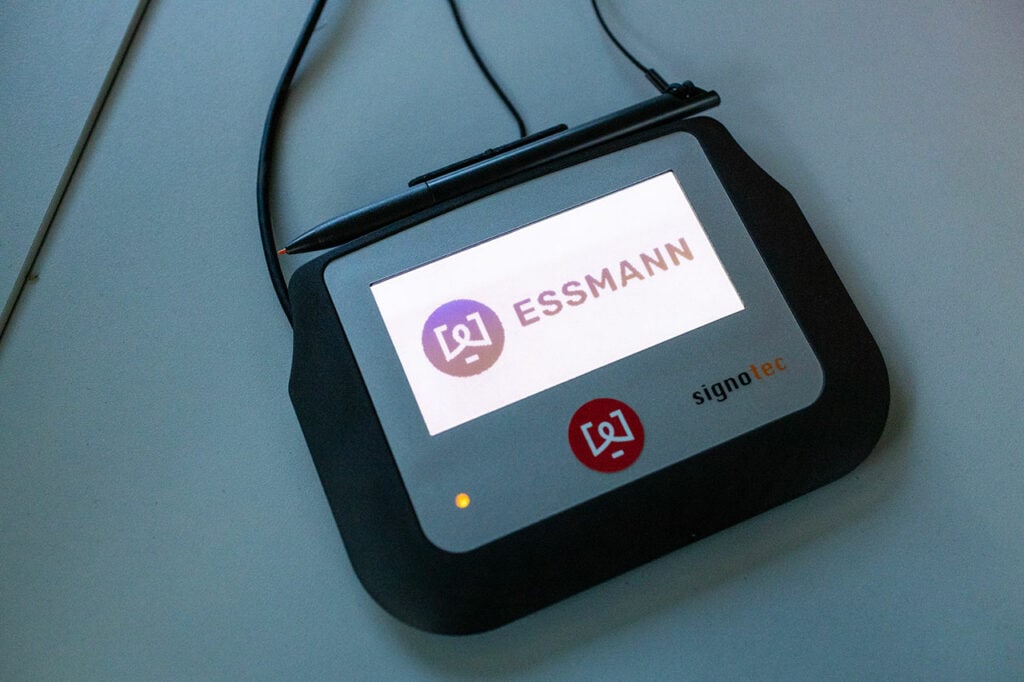
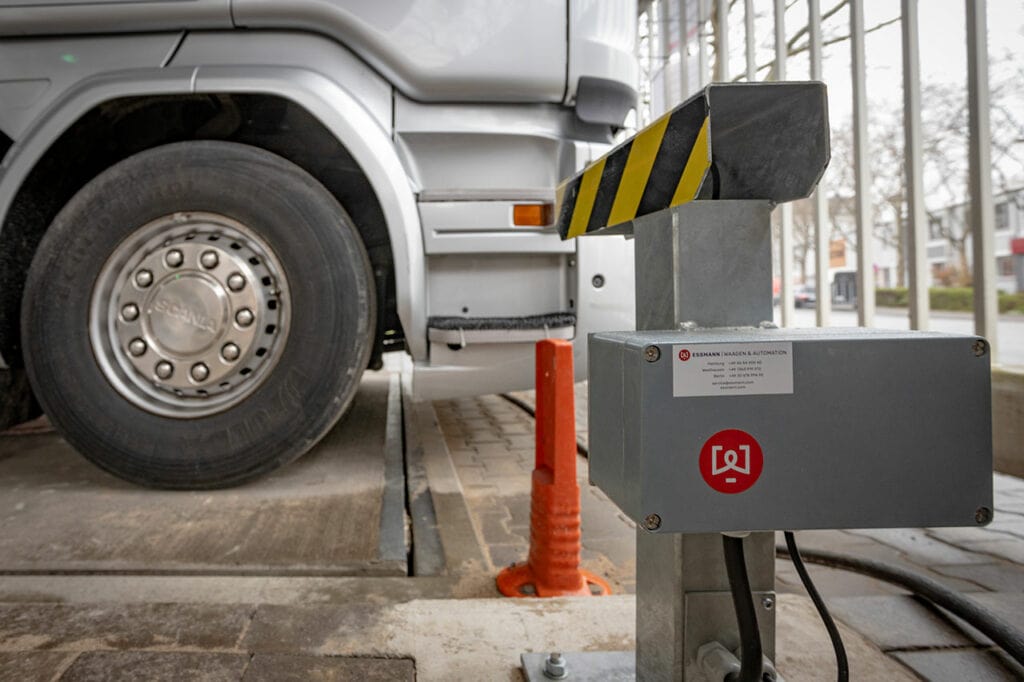
2024: New branch in Osnabrück – “West bei Nordwest”
In the fall of 2024, ESSMANN opened a ➚further branch in Wallenhorst near Osnabrück. The location specifically covers the area of western Lower Saxony and eastern Westphalia – including the region around Münster, the Osnabrück region and Bielefeld.
The location not only serves as a sales office, but also as a service base. Here, proximity to customers in western Lower Saxony is strengthened, response times for maintenance and calibrations are shortened, and the local presence is intensified – in line with the motto: “Proximity creates trust.”
2025: Visser becomes part of the ESSMANN Group
With effect from January 1, 2025, ➚Wägetechnik Heinz Visser GmbH in Duisburg has been integrated into the ESSMANN Group. Visser brings over 60 years of experience in industrial weighing technology – including customized solutions, service and calibration.
The merger strengthens the operational network, offers customers more proximity, shorter distances, high spare parts availability and bundled innovative strength. ESSMANN is thus further expanding its position as a full-range supplier.
With the new ➚locations and service centers ESSMANN is pursuing the goal of being accessible nationwide – without losing the values of a family business.
Today, ESSMANN stands for pioneering weighing technology, modern software solutions and customer support based on partnership – with deep roots in 165 years of company history.
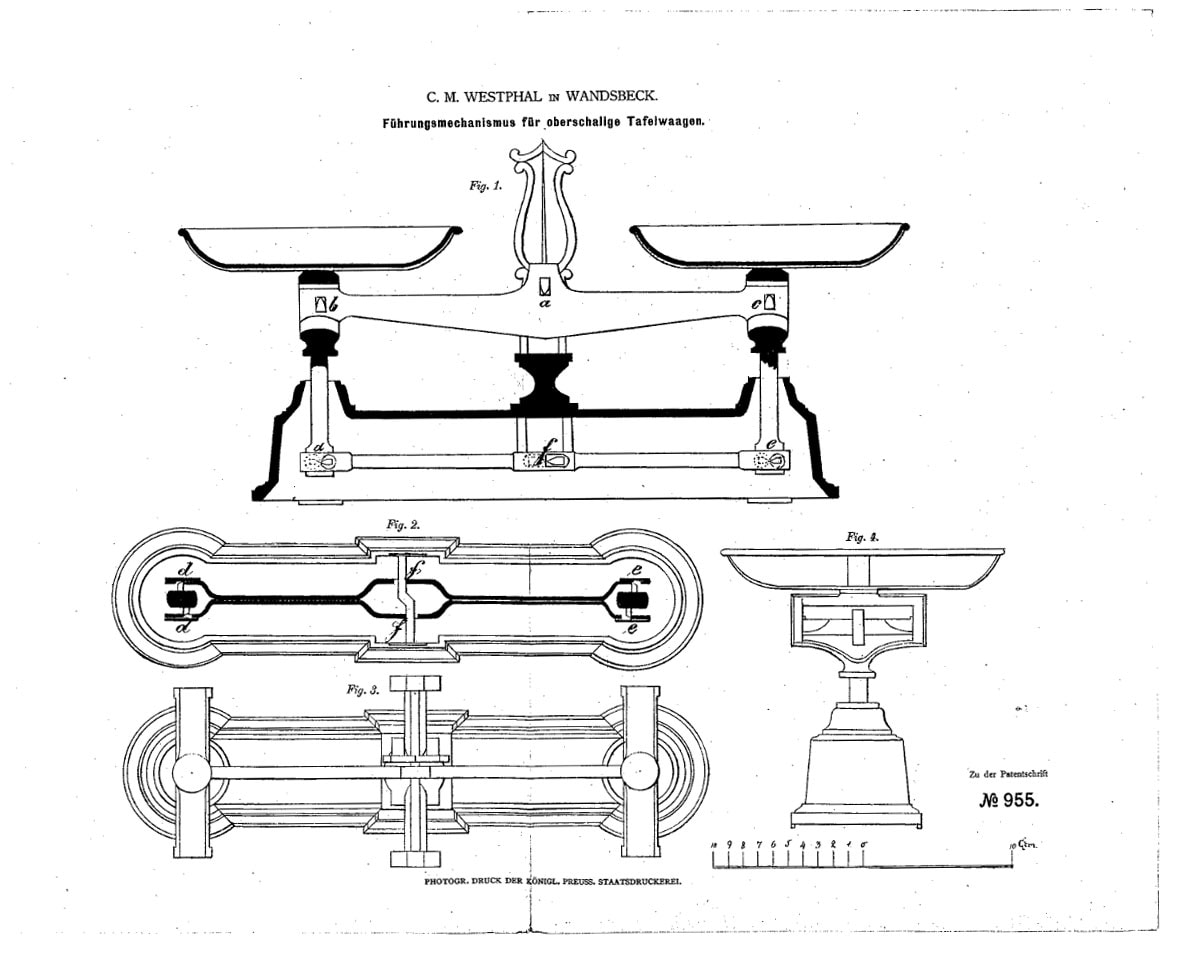
Scale builder tip: Weighing or weighing?
The verbs “weigh” and “weighing” are both used to determine weight, although “weighing” is generally more common. In the professional field, however, the term “weighing” is more commonly used to determine the weight of a mass. Both terms are accepted by the Duden dictionary, although “weighing” is colloquially regarded as an outdated variant.
In the professional field, however, “weighing” has established itself as the exact term for the process of determining weight with the help of a scale. We still use the term today in the words “weigh” and “consider”.
Both words are derived from the Germanic word “wigan”, which means “to move” or “to swing”.

The history of scales and weighing
The history of weighing is closely linked to the development of human civilization. In prehistoric times, people used their hands to roughly determine which object was heavier. With the advent of trade and agriculture, the need for more precise measuring methods grew.
Finds of 7,000-year-old weight stones indicate that the determination of masses played a role early on in human history.
Egyptian papyri from 2000 BC already describe a beam balance. The Romans were familiar with a high-speed scale, while the Arabs invented hydrostatic scales in the tenth century and later scales with running weights.
These forms of weighing reached Central Europe via Spain towards the end of the Middle Ages. There, the Frenchman Giles Persone de Roberval constructed the table scale in 1670 and Jacob Leupold the first decimal scale in 1728. Although these devices had a certain degree of accuracy, their practical impact in terms of standardized weighing was insufficient.
The growing importance of science, technology and economics in Europe then led to the demand for standardized units of weight.
The Imperial Weights and Measures Act of 1871 laid down the legal weights and measures for the entire, newly founded German Empire and formed the basis for the later introduction of the metric system.
Future prospects
Miniaturization: Smaller and more powerful load cells enable the construction of miniature scales for mobile devices or medical applications.
Integration in IIoT: Scales are increasingly being integrated into the Industrial Internet of Things (IoT) and their data enables new applications in the area of Industry 4.0.
Artificial intelligence: AI models analyze sensor data such as vibrations and temperature to accurately predict the condition of scales and detect failures at an early stage. Maintenance intervals can be optimally planned to avoid unplanned breakdowns and extend the service life of the scales.
The versatility of industrial scales
Industrial scales have a wide range of unusual applications. In archaeology, for example, precision scales are used to weigh finds and document their mass. In the field of beekeeping, scales are used to monitor beehives in order to draw conclusions about honey production and the health of the bee colony.
Scales also play an important role in aviation. Before hot air balloons are launched, they are weighed to ensure that they are not overloaded.
They are regularly used in zoological gardens to weigh all animals, from spiders to elephants, and to observe their development.
Scales are also used in theater and film production. They are used to weigh props and equipment and to ensure that stages and sets can be loaded safely. These examples illustrate the versatility of the use of industrial scales. Thanks to certain functions of the scales, work steps can be simplified, combined and shortened.
Our scale manufacturer team will be happy to advise you, regardless of the area of application for which you need a scale.


